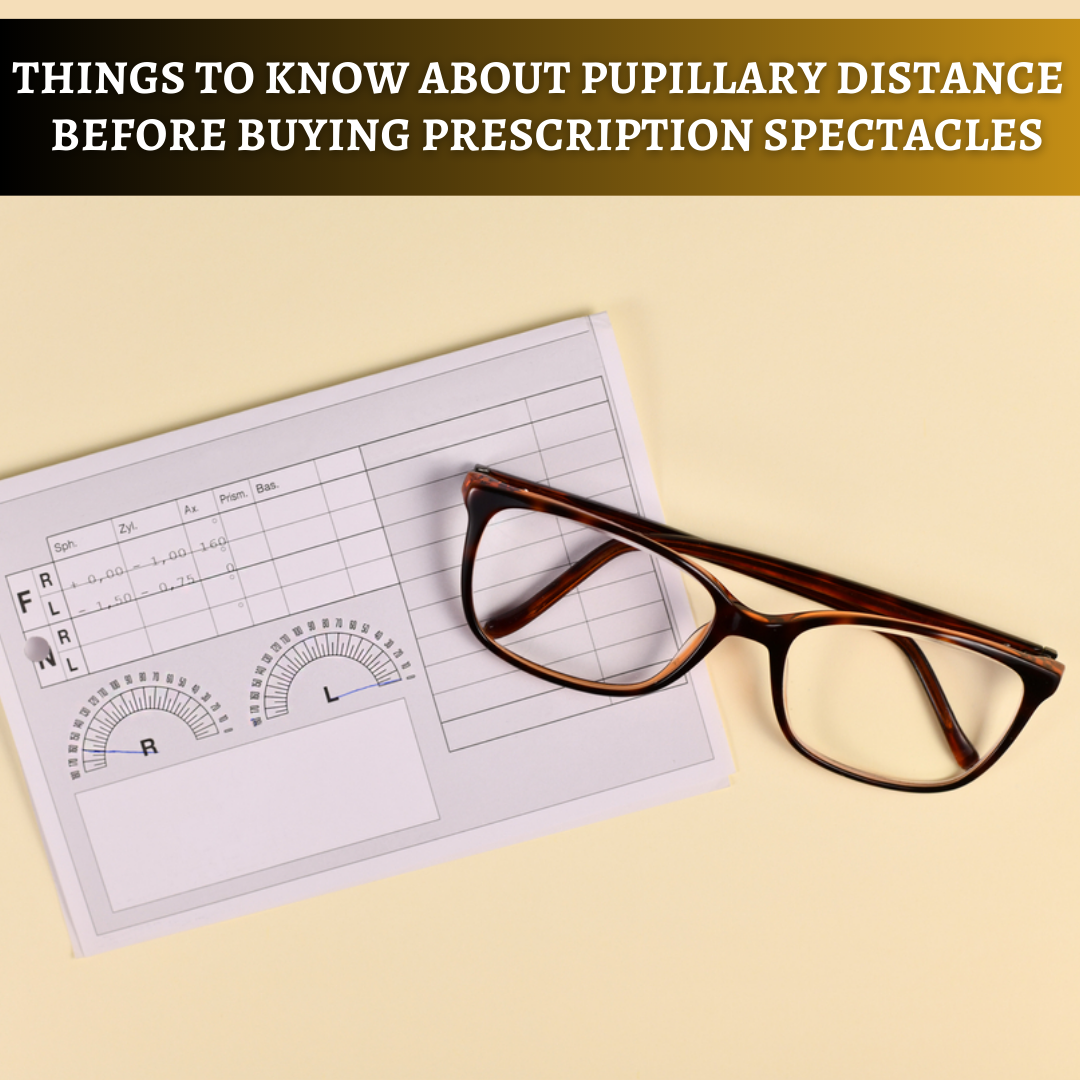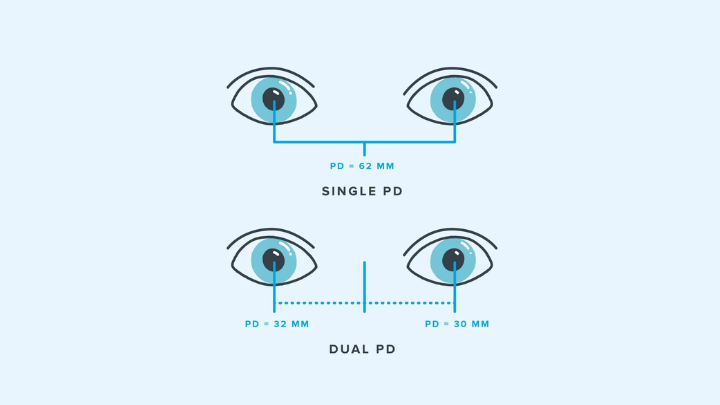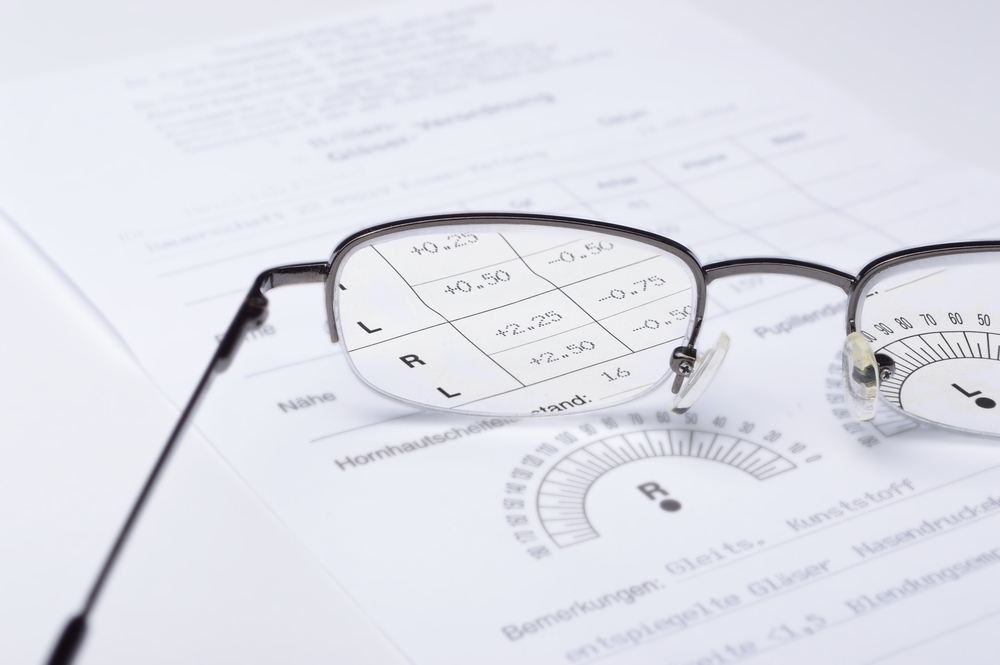
Do you know buying prescription spectacles without measuring the pupillary distance(PD) may create disturbance in your vision like strain, blurred or distorted vision that will make it hard for you to focus your eyes together correctly?
Are you still confused? We will never let the confusion of measuring the PD come between you and ordering the specs right for you at YourSpex so in this blog, we’ll discuss everything about the things you should know about Pupillary Distance (PD) and how to measure it.
What is Pupillary Distance (PD)?
Pupillary Distance is the distance between the centers of the right and left pupil and is measured in millimeters(mm). So buying prescription spectacles with measuring or with measuring it wrong (out of tolerance) can be a disaster for your glasses as will cause eye strain, and headaches that make it hard to focus.
What are the types of Pupillary Distance (PD)?
The Pupillary distance can be described into:
Binocular or Single Pupillary Distance
Simply the distance between the centers of the right and left pupil. Single Pupillary Distance
is measured in one number like 33, 34, or 35 mm.
Monocular or Dual Pupillary Distance
The distance between each pupil’s center and the bridge of the nose. Dual Pupillary Distance is measured in two numbers. Dual PD is 33/34, the first number would refer to the right eye, and the second would refer to the left eye.
Why the Pupillary Distance (PD) matters?
Other than focusing, Pupillary Distance matters to:
Testing Stereo Acuity:
To understand your depth of prescription
Your doctor or optician needs the PD to understand the depth of your prescription. You might read in your school or heard that both eyes see objects individually, and at the end, the brain combines the signal from the left and right eye and form a three-dimensional image, to understand the difference in your field of vision of both eyes, your doctor needs to your Pupillary distance.
The Spectacle Frame Fit:
To make the visual experience seamless, the center of the lens must sit in front of your pupil. The center has the clearest part of your prescription, so lining it up with your pupil is important to help you see well and lowers eye strain. The measurement will change, though, depending on the type of spectacle you buy.
How to Measure Pupillary Distance (PD)?
Usually, an optometrist is the right person to test your eyes and provide your accurate pupillary distance. However, if you’re not in the mood of stepping out and ordering your prescription glasses online, here is the way to test your PD at your home.
How to measure Pupillary Distance?
To measure your PD by yourself with a measuring scale,
- Start the process of measuring your PD, stand 8 inches away from the mirror.
- Hold a ruler up to your eyebrow.
- Make sure that you are measuring in millimeters.
- Close your right eye and place the 0-millimeter mark at the center of your left pupil.
- Open your right eye and look straight ahead. Then close your left eye.
- Find the line that meets the center of your left pupil.
How to calculate near PD
Now when you’re done knowing your pupillary distance, you can easily calculate near PD.
Once you know your single PD, now you can easily calculate the near PD by removing 3 mm.
Measuring the PD may seem easy to you but It is recommended to always let an expert optometrist check your Pupillary Distance to make things clear and easy.
YourSpex has the widest collection of spectacle frames online where you can easily choose the frame and add your prescription in easy steps so check out now!










The information below is required for social login
Sign In
Create New Account